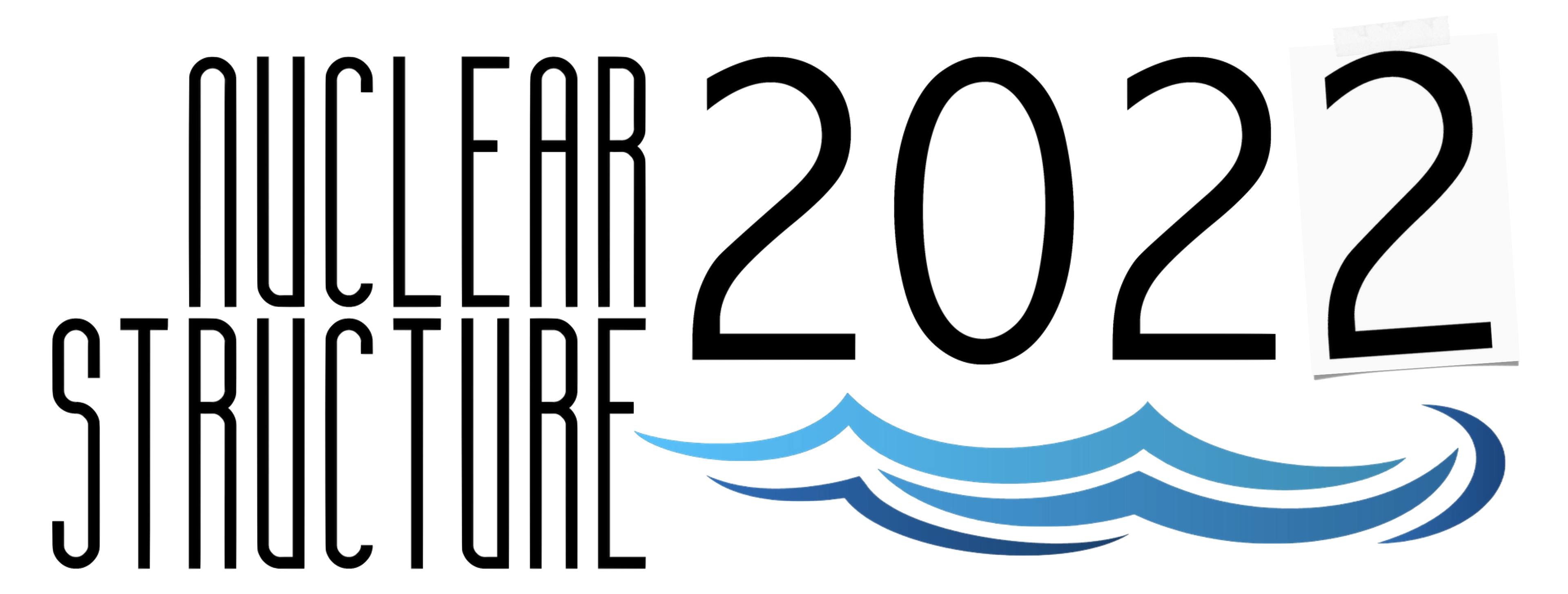Speaker
Description
We report on new advances in simulation, characterization and fabrication of the $^7$Li-enriched dual neutron-gamma scintillator C$^7$LYC. Detailed GEANT4 simulations have been performed, with specific focus on (n,p) and (n,$\alpha$) reactions on $^{35}$Cl that are primarily responsible for the fast neutron response of C$^7$LYC. The simulations are compared to experimental data to separate contributions of the different reaction channels. In addition, new C$^7$LYC crystals with square cross-sections have been fabricated for exploring compact close-packed geometries.
To identify features of the different neutron reaction channels, the neutron and $\gamma$ response for 1" x 1" and 3" x 3" C$^7$LYC detectors of cylindrical cross-section were simulated in GEANT4 choosing physics models in the code for high precision neutron transport below 20 MeV. The scintillation light output for a 1" x 1" C$^7$LYC was simulated using Birk's equation [1], with Birk's constant for C$^7$LYC deduced from experiment. This allowed a comparison of the quenching of the scintillation light output for protons and $\alpha$ particles. The GEANT4 simulations were compared with initial MCNP results for consistency and subsequently benchmarked against experimental inelastic neutron scattering data from a $^{12}$C target.
The experimental data were obtained at the Los Alamos LANSCE facility using a white neutron beam generated by bombarding a thick W spallation target with 800 MeV pulsed protons. An array of 1"x1" C$^7$LYC detectors was placed radially ~20 cm from a $^{12}$C scatterer. Incident neutron energies were extracted by measuring their arrival time across a ~20-m flight path from the spallation target to the $^{12}$C, and then to the detectors, with appropriate recoil corrections for the different detector angles. The scattered neutron energies were measured as pulse heights in the C$^7$LYC detectors, which reflects the inherent spectroscopic resolution of the scintillator, and allows a mapping of the energy-dependent response of C$^7$LYC to mono-energetic neutrons. Prominent features of the experimental spectra are reproduced remarkably well in the simulations with the primary $^{35}$Cl(n,p) and $^{35}$Cl(n,$\alpha$) reactions, and help identify the features where the data overlap from the different neutron reaction channels. In addition, resonances in the $^{35}$Cl(n, p) cross-section as a function of incident neutron energy below 3 MeV, recently measured through the detection of the outgoing proton [2], were directly observed in C$^7$LYC with similar resolution.
To assess the efficacy of C$^7$LYC as a viable scintillator for close-packed geometries, four 1" x 1" x 3" C$^7$LYC crystals, with square cross-sections, square photo-tubes and minimal surrounding material, have been acquired. Both efficiency and cross-talk of fast neutrons are being investigated, and initial results will be presented.
The work is supported by the U.S. Department of Energy.
[1] J.B. Birks, The Theory and Practice of Scintillation Counting (Pergamon, New York, 1964).
[2] S.A. Kuvin et al, Phys. Rev. C102, 024623 (2020).

